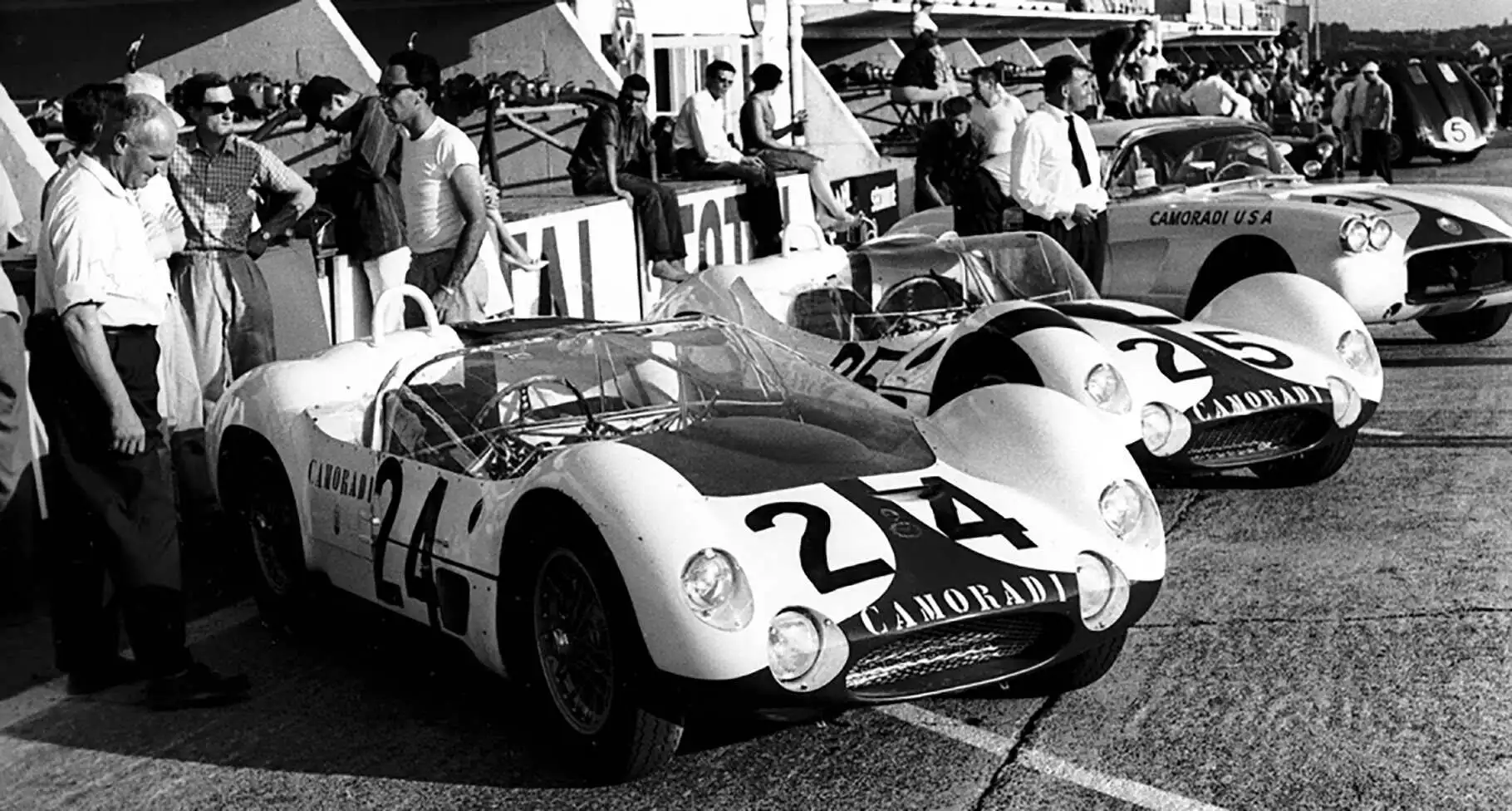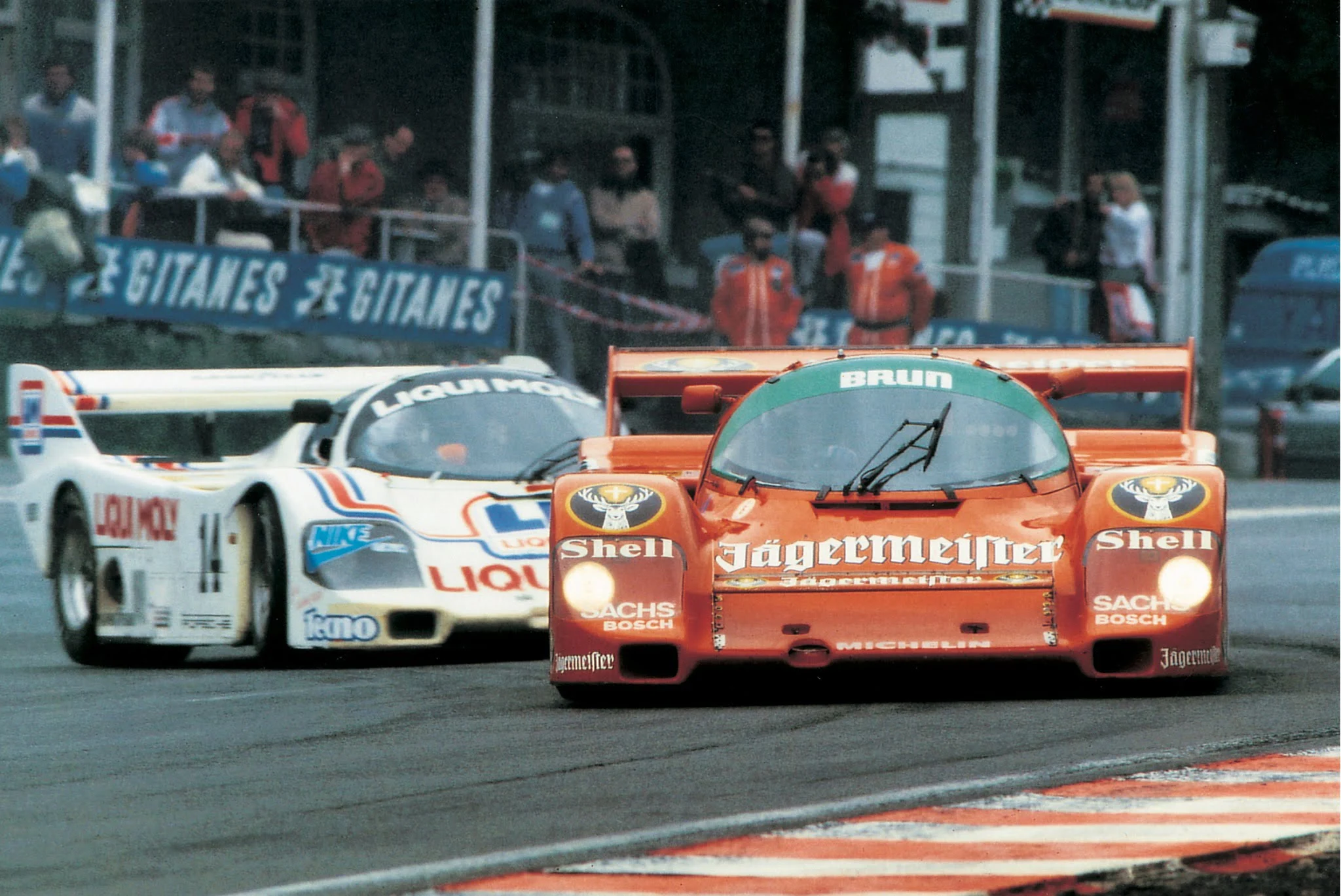Scuderia Camoradi. From the dream to the tragedy of Le Mans
25 October 2023 2 min read 3 images

Photo credit: Klemantaski Collection/The Key 2021, Mecum, Wheelsage
Lloyd “Lucky” Casner, a native of Miami, founded Scuderia Camoradi (Casner Motor Racing Division) in 1959, supported by the Goodyear Tire & Rubber Company, which was seeking visibility outside of America. After racing as a gentleman driver in the United States for the previous three years, he decided to focus both as a driver and as the driving force behind his team, which gloriously carried the American colours, in the World Championship and at Le Mans.
Register to unlock this article
Signing up is free and gives you access to hundreds of articles and additional benefits. See what’s included in your free membership. See what's included in your free membership.
Already have an account? Log In


